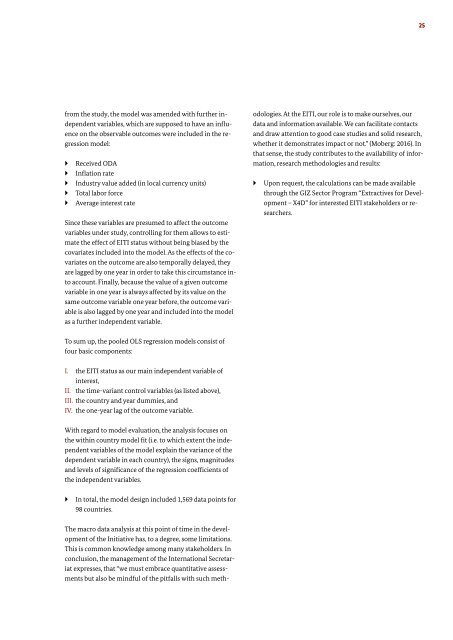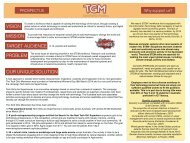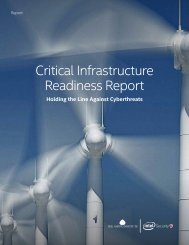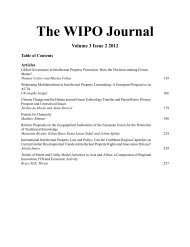Transparency Initiative (EITI)
2eoch1l
2eoch1l
Create successful ePaper yourself
Turn your PDF publications into a flip-book with our unique Google optimized e-Paper software.
25<br />
from the study, the model was amended with further independent<br />
variables, which are supposed to have an influence<br />
on the observable outcomes were included in the regression<br />
model:<br />
``<br />
``<br />
``<br />
``<br />
``<br />
Received ODA<br />
Inflation rate<br />
Industry value added (in local currency units)<br />
Total labor force<br />
Average interest rate<br />
Since these variables are presumed to affect the outcome<br />
variables under study, controlling for them allows to estimate<br />
the effect of <strong>EITI</strong> status without being biased by the<br />
covariates included into the model. As the effects of the covariates<br />
on the outcome are also temporally delayed, they<br />
are lagged by one year in order to take this circumstance into<br />
account. Finally, because the value of a given outcome<br />
variable in one year is always affected by its value on the<br />
same outcome variable one year before, the outcome variable<br />
is also lagged by one year and included into the model<br />
as a further independent variable.<br />
The macro data analysis at this point of time in the development<br />
of the <strong>Initiative</strong> has, to a degree, some limitations.<br />
This is common knowledge among many stakeholders. In<br />
conclusion, the management of the International Secretariat<br />
expresses, that “we must embrace quantitative assessments<br />
but also be mindful of the pitfalls with such methodologies.<br />
At the <strong>EITI</strong>, our role is to make ourselves, our<br />
data and information available. We can facilitate contacts<br />
and draw attention to good case studies and solid research,<br />
whether it demonstrates impact or not.” (Moberg: 2016). In<br />
that sense, the study contributes to the availability of information,<br />
research methodologies and results:<br />
``<br />
Upon request, the calculations can be made available<br />
through the GIZ Sector Program “Extractives for Development<br />
– X4D” for interested <strong>EITI</strong> stakeholders or researchers.<br />
To sum up, the pooled OLS regression models consist of<br />
four basic components:<br />
I. the <strong>EITI</strong> status as our main independent variable of<br />
interest,<br />
II. the time-variant control variables (as listed above),<br />
III. the country and year dummies, and<br />
IV. the one-year lag of the outcome variable.<br />
With regard to model evaluation, the analysis focuses on<br />
the within country model fit (i.e. to which extent the independent<br />
variables of the model explain the variance of the<br />
dependent variable in each country), the signs, magnitudes<br />
and levels of significance of the regression coefficients of<br />
the independent variables.<br />
``<br />
In total, the model design included 1,569 data points for<br />
98 countries.









